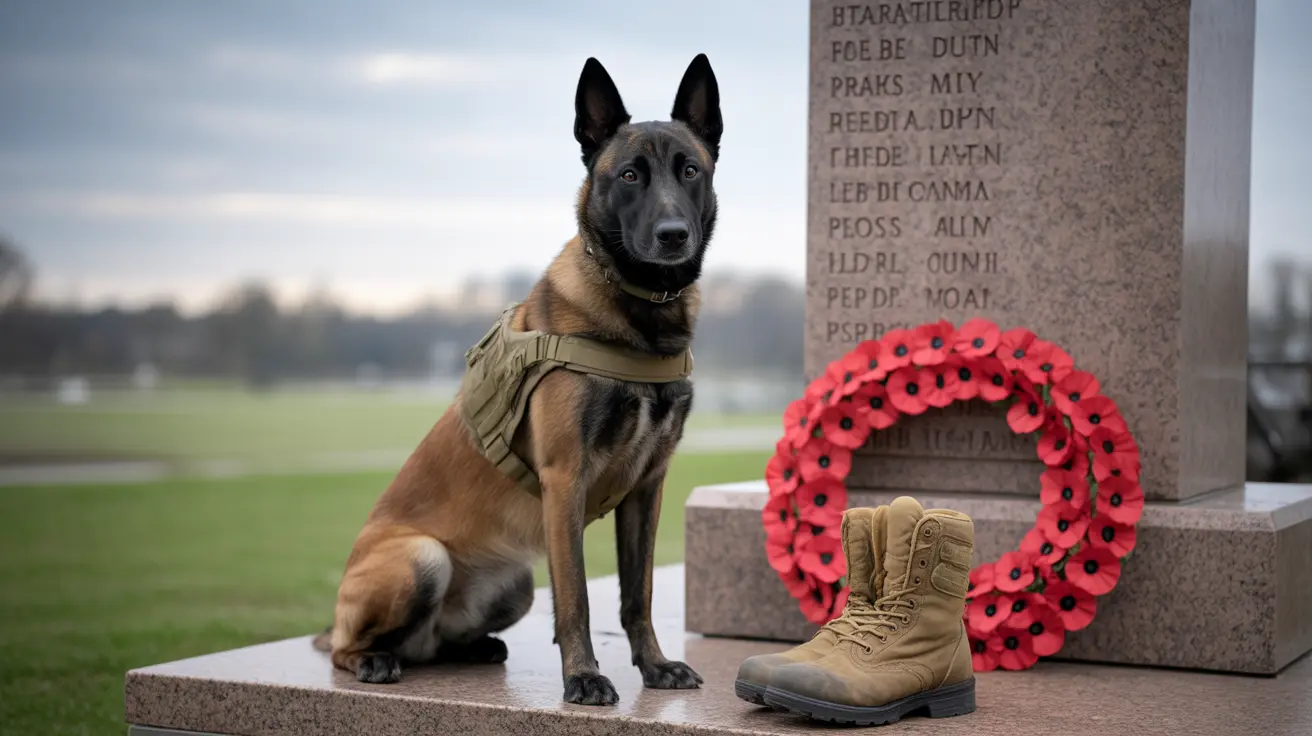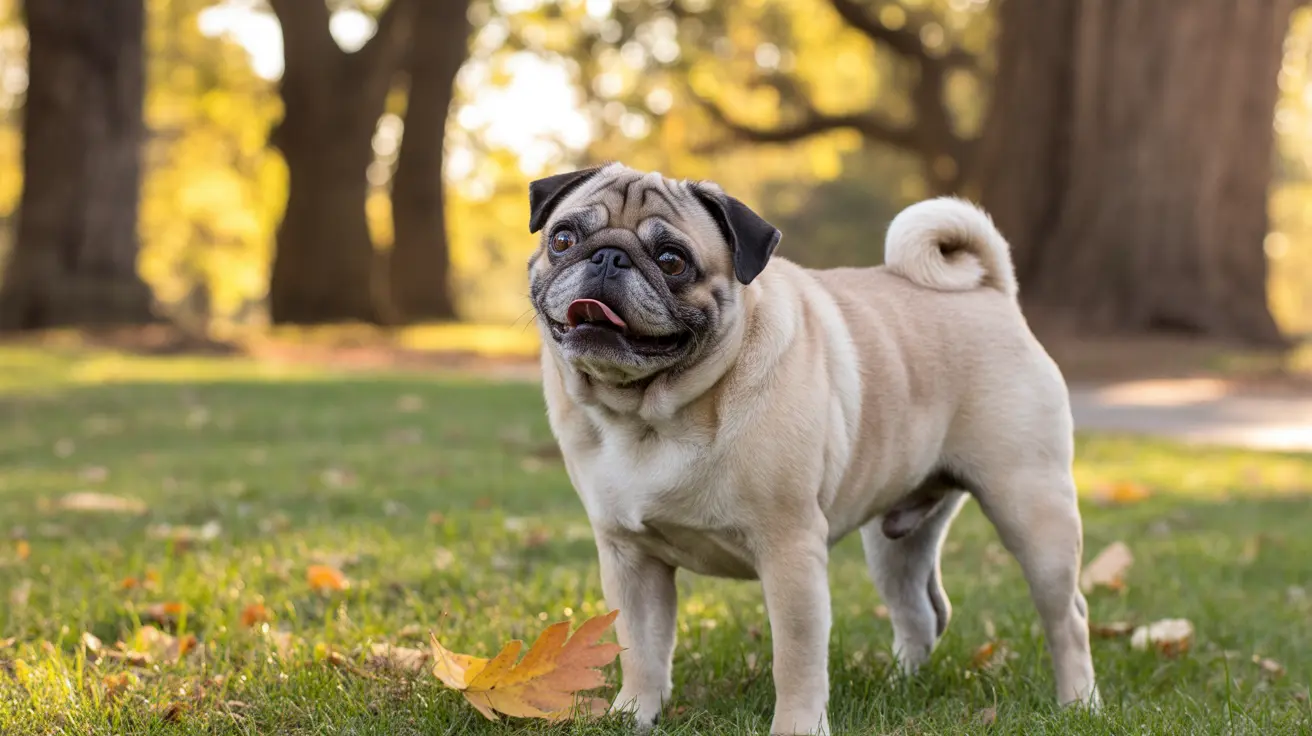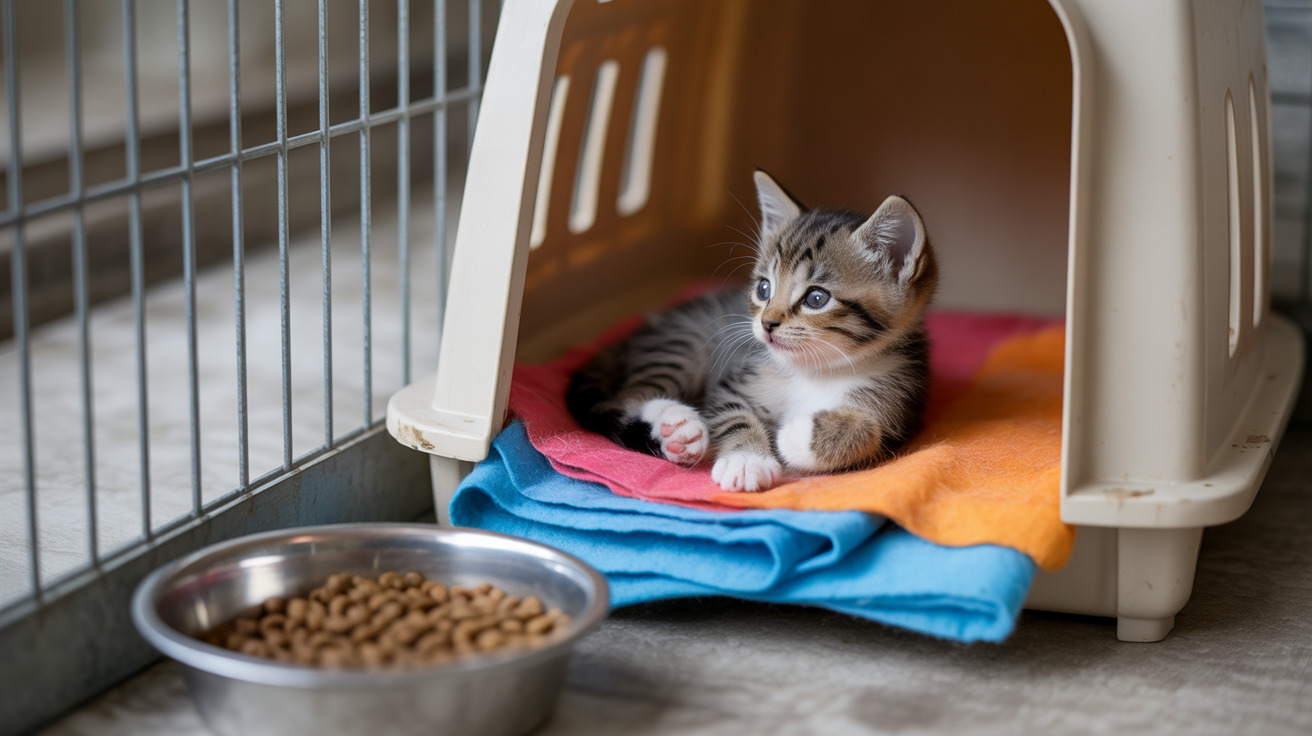Throughout the centuries, countless animals have served alongside human soldiers, displaying remarkable courage and loyalty in the face of danger. From the trenches of World War I to modern-day conflicts, military working dogs and other animal heroes have played crucial roles that often go unrecognized. As we remember these unsung heroes, it's important to understand the profound impact these brave creatures have had on military history and the soldiers they served.
The tradition of commemorating animal sacrifice in wartime carries deep significance, particularly for organizations dedicated to animal welfare. These animals, from loyal service dogs to innocent strays caught in conflict zones, have made ultimate sacrifices that deserve our recognition and respect.
The Historical Role of Animals in War
Animals have been integral to warfare since ancient times, serving in capacities far beyond what many people realize. Horses, mules, camels, and elephants provided essential transportation and carried supplies across difficult terrain. Meanwhile, smaller animals like pigeons served as vital communication links, carrying messages across enemy lines when other forms of communication failed.
Dogs, however, have held perhaps the most diverse roles throughout war history. These intelligent and trainable companions have served as sentries, scouts, messengers, and sources of comfort for soldiers facing the psychological toll of combat. Their acute senses made them invaluable for detecting danger, whether from enemy soldiers or hidden explosives.
WWII War Dogs Stories and Famous Animal Heroes
Some of the most remarkable war animal heroes emerged during World War II, when organized military animal programs reached new heights of sophistication. These brave animals earned recognition through their extraordinary service, with many receiving official military honors and decorations.
The stories of these animal heroes inspire us even today. From dogs who detected gas attacks and saved entire units to those who provided emotional support during the darkest moments of conflict, these animals demonstrated intelligence, bravery, and unwavering loyalty. Some even achieved military ranks and earned medals for their exceptional service.
Military Dogs Training and Modern Service Animals
Today's military working dogs undergo rigorous training programs that prepare them for the complex challenges of modern warfare. These sophisticated training regimens focus on explosive detection, search and rescue operations, patrol duties, and providing psychological support to soldiers dealing with combat stress.
The evolution of military animal training reflects our growing understanding of animal intelligence and capabilities. Modern programs emphasize positive reinforcement techniques and recognize the strong bonds that develop between handlers and their animal partners. This relationship often proves crucial to mission success and can provide life-saving benefits in dangerous situations.
War Animal Welfare and Sacrifices
The cost of war extends beyond human casualties to include millions of animals who have died in service or as innocent victims of conflict. Historical records show that during World War I alone, approximately six to eight million horses and mules lost their lives due to combat conditions, disease, and exhaustion.
These staggering numbers highlight the need for better recognition of animal contributions and improved welfare standards. Organizations worldwide now work to rescue and care for animals affected by conflict, ensuring that their sacrifices are not forgotten and that future generations of service animals receive proper care and respect.
Military Animal Memorials and Recognition
The growing recognition of animal contributions to military history has led to the establishment of various commemorative efforts. The prestigious Dickin Medal, often called the "Victoria Cross for animals," honors exceptional animal bravery in wartime. Museums, memorials, and charitable organizations now work to preserve these important stories and educate the public about animal heroes.
These memorial efforts serve multiple purposes: they honor the memory of fallen animal heroes, educate current and future generations about their contributions, and support ongoing welfare efforts for animals in conflict zones.
Frequently Asked Questions
What roles have animals historically played in wartime, and which species were most commonly used?
Animals like horses, mules, camels, elephants, dogs, pigeons, and even cats have been used for transportation, communication, scouting, carrying supplies, and companionship from ancient times through modern wars.
How are military working dogs trained and used in modern conflicts?
Military working dogs undergo rigorous training to perform tasks such as explosive detection, search and rescue, scouting, patrol, and providing emotional support to soldiers. They have been deployed in every major U.S. conflict since World War II and continue serving today.
What are some famous stories of animal heroes or mascots from war history?
Notable animals include Sergeant Stubby, a decorated WWI dog known for detecting gas attacks and capturing a spy; Judy the POW dog in WWII; and Jackie the baboon who served as sentry in WWI. These animals often earned medals and ranks for their bravery and service.
As we reflect on the contributions of military working dogs and other animal heroes throughout history, we're reminded that courage and loyalty come in many forms. These remarkable creatures deserve our remembrance, respect, and continued efforts to protect and honor animals who serve alongside human soldiers. Their legacy continues to inspire us and demonstrates the profound bond between humans and animals, even in the most challenging circumstances.






